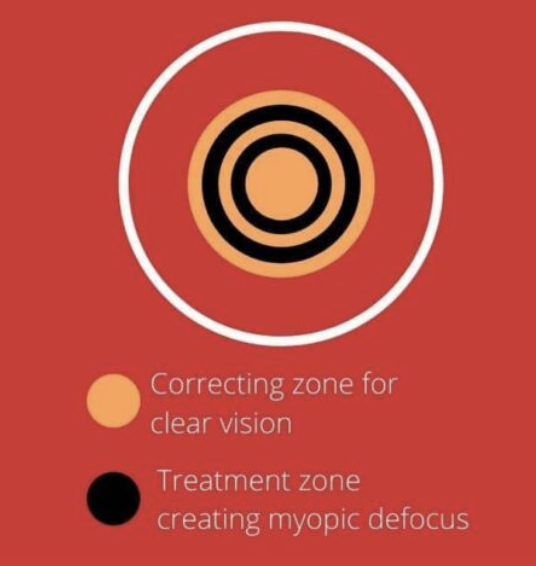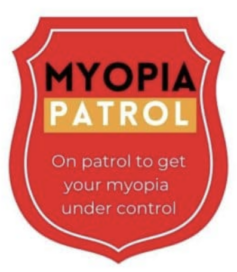
Myopia Patrol
Management Program
Learn more about reducing your child’s risk of vision loss
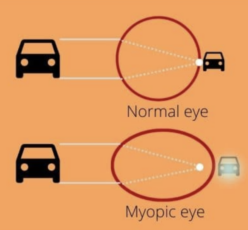
What is Myopia?
Myopia is an ocular condition also referred to as ‘nearsightedness’. In a myopic person, the length of the eye from front to back (axial length) is longer than the average eye. This means images focus in front of the retina, causing a blurred image for the patient.
Why Does Myopia happen?
Some of the factors that contribute to myopia include:
GENETICS: The chances of children developing myopia are greater if one or both parents are myopic.
LIFESTYLE: These factors can increase the risk of developing myopia
- Prolonged time on digital devices and reading
- Insufficient time outdoors
- Poor lighting levels
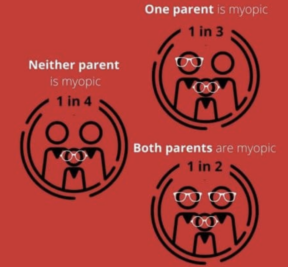
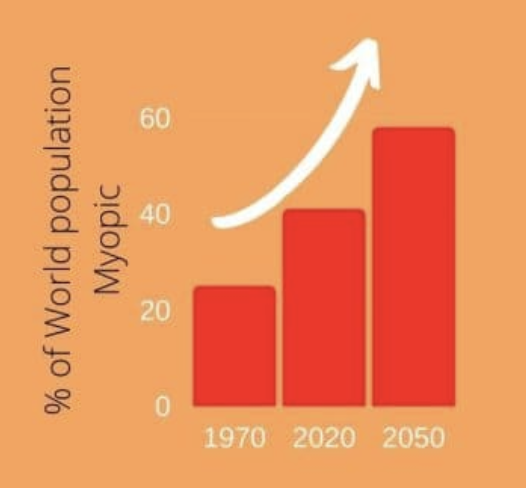
More Than Ever
In the 1970’s nearly 25% of the population in the US was myopic. Today more than 40% of Americans are myopic and that number is expected to increase to 52% by 2050. Research also tells us there is also a rise in patients with high myopia (greater than -5.00 diopters) leading to higher risk for vision loss.
Long Term Implications of Myopia
- Retinal detachment: The risk for retinal detachment is dependent on the severity of myopia but can be
3-20x greater than someone without myopia - Glaucoma: Glaucoma is a disease that is caused by damage to the optic nerve which can lead to permanent vision loss. Myopic patients are at 2-3x greater risk for developing glaucoma compared to a patient without myopia.
- Cataracts: Myopic patients have 2-5x greater risk of developing cataracts and often develop them earlier than those without myopia.
- Myopic macular degeneration: This can cause vision loss in the center of our vision (macula), especially in those with high myopia.
Other Tips that can Help:
Reduce near work
Increase outdoor time
Breaks every 20 min/20 ft/2 mins

Myopia Patrol
Management Program
Treatment Methods
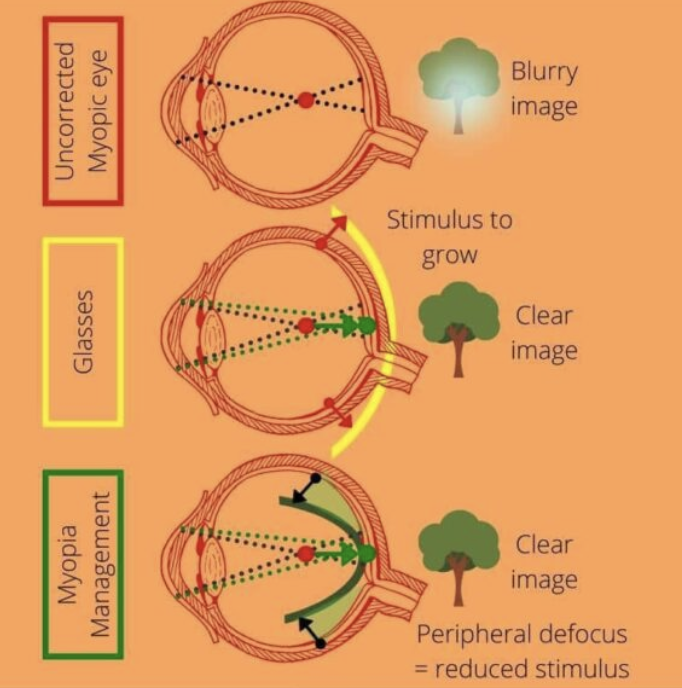
How do we manage Myopia?
In order for the eye to grow, or elongate, the brain receives a signal indicating a need for change (likely associated with near work). Research tells us if we can create “peripheral myopic defocus” it can reduce this signal for the eye to elongate and therefore slow progression.
Note: It has been proven that under-correcting increases the risk for myopic progression. Although full spectacle correction is necessary, glasses alone will not induce this peripheral myopic defocus.
Low Dose Atropine Drops
Atropine is a muscarinic receptor antagonist which is thought to act on receptors in the retina or sclera to slow eye growth.
- It has been widely studied and proven to slow the progression of myopia.
- In low doses, it does not cause any significant blurred vision or light sensitivity.
- Best for young children as an initial treatment method or in combination with other treatment options.
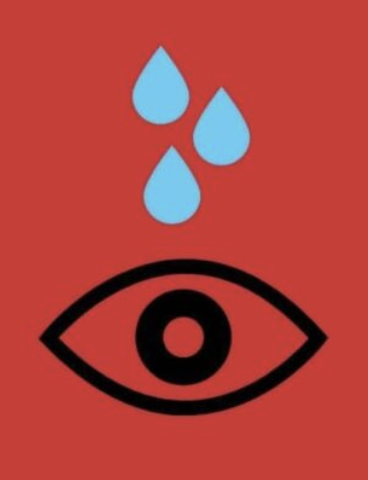
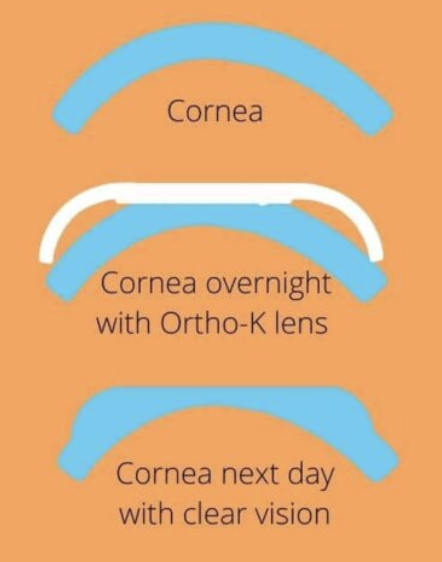
Orthokeratology
Orthokeratology, or Ortho-k, is the practice of using custom gas-permeable contact lenses to reshape the cornea overnight. This allows for clear vision throughout the day with no glasses or contacts. It has also been widely studied in the reduction of myopia progression in children. This method is best for children >7 years old with low to moderate myopia.
Dual Focus Contact Lenses
- MiSight 1 day is the first and only FDA-approved contact lens to slow the progression of myopia in children 8-12 at the initiation of treatment.
- Alternating vision correction and treatment zones create a clear image and myopic defocus to slow elongation of the eyeball
- Best for age 7 and up
- NaturalVue is another multifocal one-day contact lens used off-label for management of myopia
